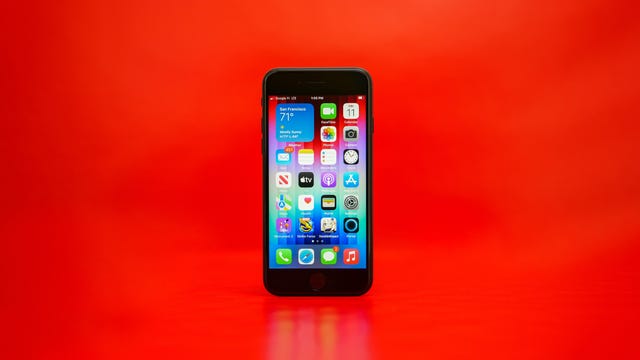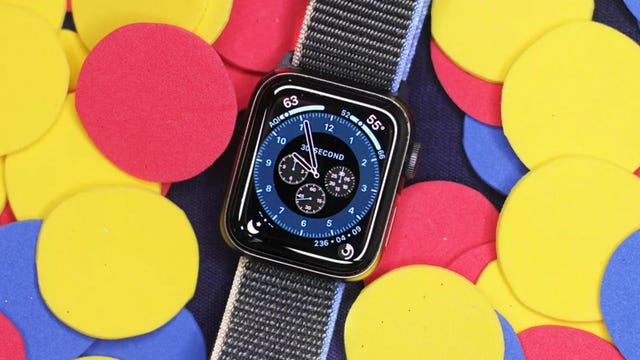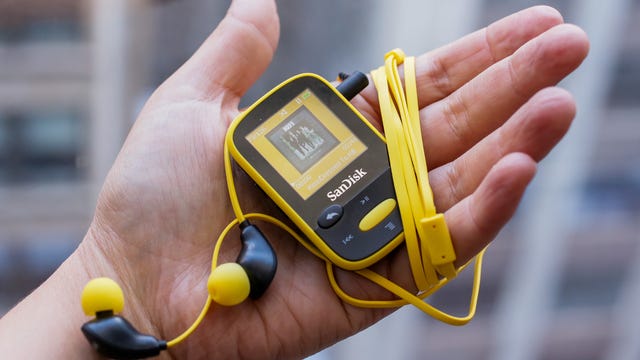Technologies
The Best MP3 Players for 2023
Take your music anywhere without having to use your phone. Here are our picks for the best MP3 player.
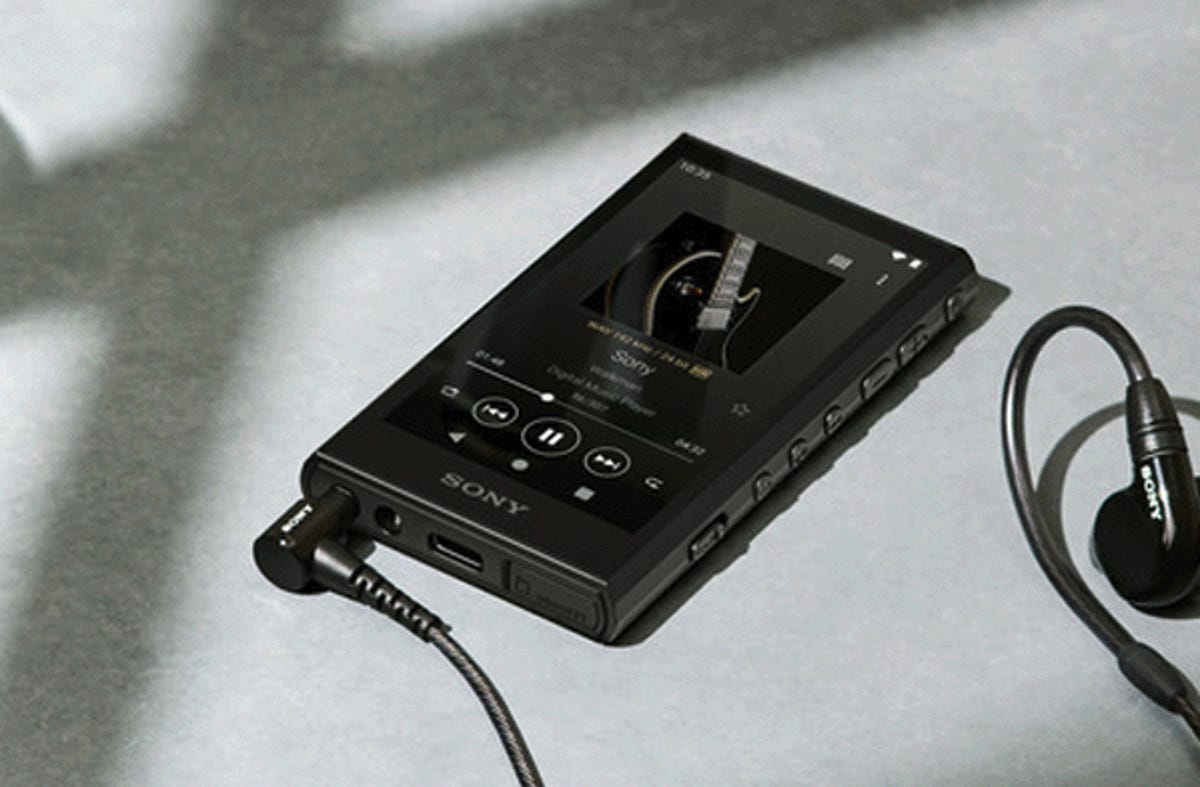
Standalone MP3 players dominated pop culture for a long time, but in 2023 almost no one needs one. Any iPhone or Android phone is an audio player that works with subscription music apps like Spotify, Apple Music, Tidal, Amazon Music and YouTube Music. You pay your $5 to $10 a month, and you get access to nearly every popular song ever recorded. And the tracks are downloadable, too, so you can listen to your music even when you leave a Wi-Fi or cellular coverage area. It’s quick, easy and convenient. What’s not to like?
«A lot,» I can hear some people saying. Maybe you’ve got one too many subscriptions already, so why pay for one more when you already have a music library of thousands of MP3 files sitting on your hard drive? Or maybe you’ve meticulously crafted iTunes playlists, like mixtapes of old, that you don’t want to re-create or transfer to another service. Maybe you have rare, one-off live tracks that don’t exist on mainstream services. (Phish fans, I’m looking at you.)
Now, truth be told, if any of that applies to you, you still don’t need an MP3 player — your iPhone can still sync music files from iTunes (on Windows) or the Apple Music app (on Mac), and it probably has more storage space than your old iPod ever did. Android phones, too, can play whatever music files you can load them up with. But if you want a dedicated device for your music — or, maybe, a parentally curated set of songs to give to a kid who’s not ready for a phone — there are still MP3 device options out there. They’re not all great, and they generally come with some caveats. But if you’ve gotten this far, here’s what I can recommend, more than two decades after the iPod was first released.
The iPod Touch was the last dedicated music player in Apple’s lineup, but it was officially discontinued in May 2022. You can still find used models out there, but don’t expect them to be supported for much longer.
What to do instead? Get a used iPhone, or a new iPhone SE — and just use it on Wi-Fi. The latter will cost you about $429 all-in (for 64GB of storage), but you’ll get a device that can run the latest version of iOS, and it can pull music from iTunes (on Windows) or Apple Music (on the Mac). It works seamlessly with Bluetooth headphones and speakers, but you’ll need a pesky Lightning adapter to use old-school headphones. And, because it’s got the App Store, you can also opt for alternate services like Spotify, Amazon Music, YouTube and the like (so long as you can access a Wi-Fi hotspot), in addition to or instead of the Apple Music app.
Yes, this is way too much to pay for a «music player,» in my book. But it’s the most capable and flexible option here, especially for those who are already in the Apple services universe — or refuse to leave their iTunes-based MP3 library. It’s also a nice fallback portable MP3 player option for kids if you don’t want to spend up for an iPad, which starts at around $300 and isn’t pocketable.
Once upon a time, people strapped iPod Nanos to their wrists and called it an Apple Watch of sorts.
Nowadays the real Apple Watch can act as a sorta-kinda iPod, at least for Apple Music subscribers. Just sync some playlists to the Watch, and you can enjoy digital music (not to mention podcasts) on a set of wireless headphones, even if the iPhone is nowhere nearby. Get an Apple Watch SE for less than $250 for basic music playback, or go for an Apple Watch Series 8 or Apple Watch Ultra if you want more non-music features. Note that recent Apple Watch SE sales have seen the prices of the 40mm version drop to as low as $200 and the larger 44mm model dip below $230.
These days, you can still get very basic music players on Amazon, but they’re nearly all from no-name China brands. (We tried one like this, and it was fine, but nothing special.) In the (distant) past, the tiny SanDisk Clip family of players were a serviceable option for basic music playback (so long as you’re well versed in the old school drag-and-drop method of file transfer). But some Amazon reviewers have criticized the later iteration of that model — the Clip Sport Plus — saying that its Bluetooth connection wasn’t up to snuff. If you want to go this route, you might want to stick with wired headphones, which will also enable FM radio playback.
The Mighty Vibe is the closest modern equivalent to the iPod Shuffle, the screenless iPod that was beloved by runners for weighing next to nothing and just spooling off songs from their favorite playlist. (It’s also a great gadget loophole for sleepaway camps with «no screen» rules.) The catch is that this model only works with Spotify Premium and (thanks to a recent firmware update) Amazon Music, both of which can be synced wirelessly.
The Vibe can store upwards of 1,000 songs in its music library, and — unlike the old Shuffle — it supports wireless and wired headphones. But it charges through the headphone jack via a proprietary cable, rather than more ubiquitous micro-USB or USB-C connectors. The 5-hour battery life is so-so, as is the price tag over $100, which feels higher than what you want to pay for this MP3 device product in an era of $30 wireless headphones and $200 smart phones.
Other MP3 players
Yes, the products above are really the only ones I can recommend in this category with any degree of enthusiasm. But they aren’t the only options. If you’re looking for a bargain basement option (under $50), a serious high-end alternative (starting at $350 and going to four figures) or some interesting workarounds, read on.
Swim-friendly option: Aftershockz OpenSwim

This 4GB «player in a headphone» model uses Aftershockz’s patented bone-conduction technology. It’s also fully waterproof, and retails for about $150. (Note that CNET hasn’t tested these hands-on.)
The budget hack: Any old smartphone
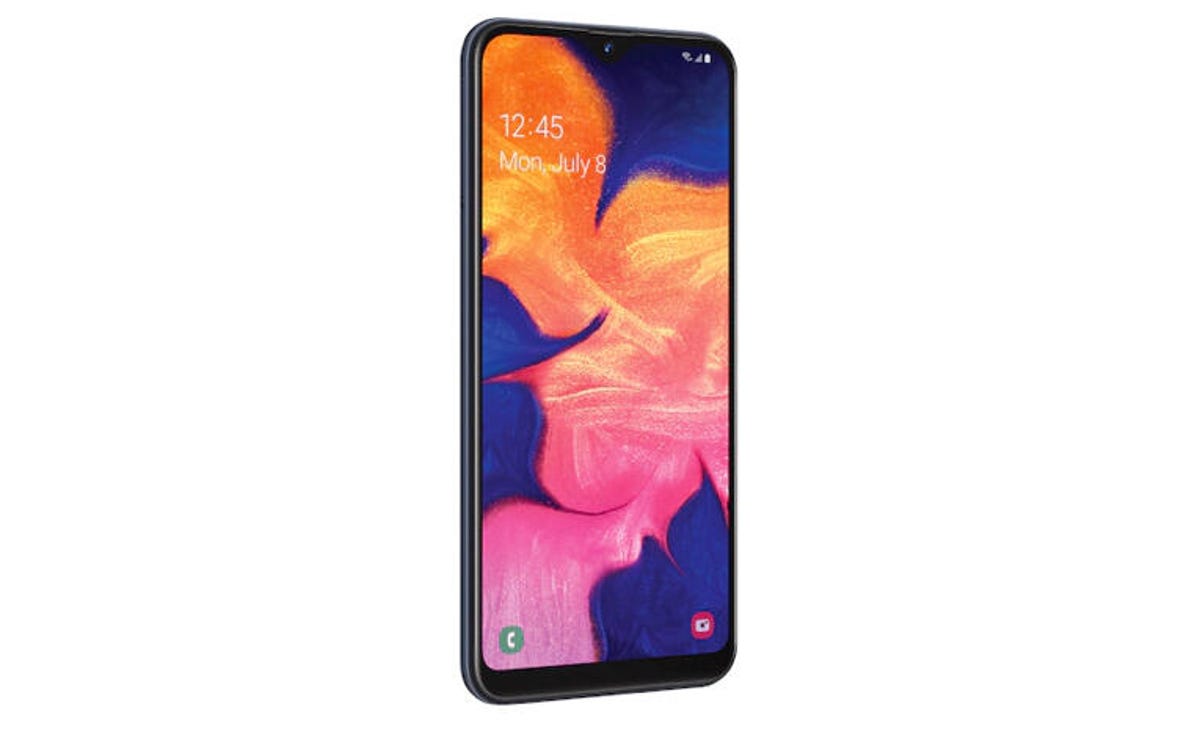
If you’ve got an old phone — or you buy a new one without service — you’ll have access to the full realm of app-based music services, and any music files you care to upload. Something like the $160-ish Samsung Galaxy A03S (shown above) fits the bill nicely, since you can drop in a MicroSD card that you’ve preloaded with tunes.
High-end options: Sony Walkman, Astell & Kern

Sony is still making new Walkman models.
Audiophiles have long looked down on digital music because the sound quality was notably inferior for golden-eared listeners with distinguishing tastes. But the development of lossless file formats (such as FLAC) and cheap ample multigigabyte storage have made portable high-fidelity music a reality.
At this point, there are really only two major players in the high-end portable music space: Astell & Kern and Sony (where the Walkman brand still lives on). We’ve used earlier versions of each brand, but not the current models.
- Sony Walkman music players line starts with the new-for-2023 (really!) NW-A306, arriving soon for $348.
- Astell & Kern players start at $1,299, and are strictly for true enthusiasts.
If you’re the sort of person who has hard drives full of uncompressed music audio files — and can hear the difference between that and comparatively low-resolution MP3 and AAC files — then, by all means, pair up one of those players with your wired headphone of choice.
That said, nearly all of the streaming music services now offer lossless or high bitrate options — that’s nearly all the big players, from Tidal and Qobuz to Amazon and Apple. (Spotify HiFi, weirdly, remains a no-show.)
If you like what you hear, consider upgrading to a decent headphone DAC (that’s «digital to analog converter») like the Audiofly Dragonfly and a serious wired headphone. Then you’ll have a solid audiophile option that’s good for the road, without the need for a standalone music player.
Music lockers: YouTube Music and iTunes Match
If you’ve got a digital music collection that includes one-offs and live tracks that aren’t available on the mainstream services, you can upload them to online services, where they can live alongside subscription tracks and be shared among multiple devices (including smart speakers).
YouTube Music, formerly known as Google Play Music, offers this service at no additional cost for up to 100,000 tracks.
Apple users can opt for iTunes Match, which lets you upload your own digital music to live in tandem with Apple Music tracks. Once available for $24 a year, the service now appears to be bundled in as part of an Apple Music or Apple One subscription.
If you opt for either of these options, make sure you keep a local backup of your files, just in case these services go away.
Note that Amazon shuttered its «MP3 locker» service in 2018.
More audio recommendations
Technologies
The Black Friday Gaming Deals Are Here. Shop Now and Save Big on PlayStation, Xbox and Alienware
Technologies
Looking for a Free iPhone? Verizon Will Basically Hand You One With This Black Friday Offer
Technologies
Smartphone vs. Dumb Phone: Why People Are Going Basic
Here’s how to ditch your smartphone for a dumb phone. It’s digital detox done right.
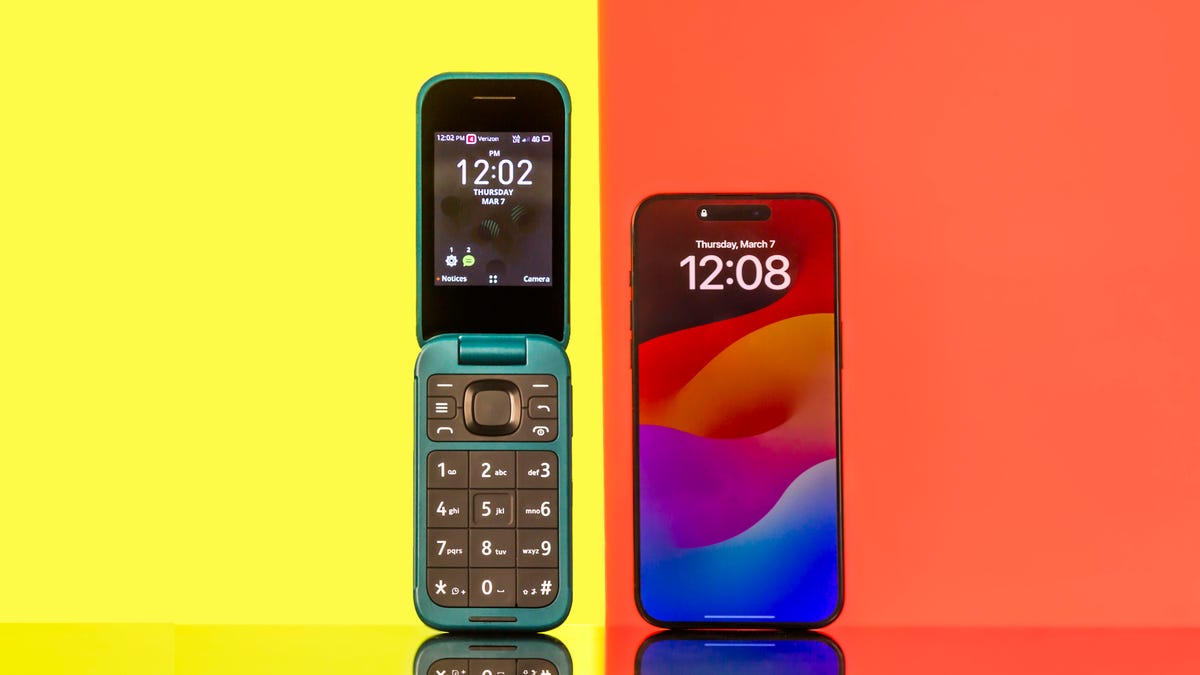
Over the past couple of decades, smartphones have become an integral part of our lives. According to the Pew Research Center, about 91% of Americans own a smartphone. Statista reports that the number of global smartphone owners is estimated to reach 6.1 billion in 2029. For many, a smartphone is an always-on internet device that keeps us connected to the world.
But there are also significant downsides to having one. If you’re concerned about how much time you spend on your phone, you aren’t alone: Some people feel addicted to their smartphones, checking their email and social media feeds hundreds of times a day. Perhaps you find yourself doomscrolling through the news or wasting time on mindless apps and games rather than being productive at work or spending quality time with your family. Sure, you could simply limit your screen time, but that takes willpower that you might not have.
This rise in this obsessive behavior toward smartphones explains the resurgence of so-called dumb phones in recent years. Sometimes referred to as feature phones, dumb phones are essentially stripped-down cellular devices that lack the bells and whistles of modern smartphones. Some only let you call and text, while others have a few more features such as a camera or a music player. Dumb phones typically offer only the most basic of features, minimal internet and that’s about it.
If that intrigues you, read on. In this guide, we’ll highlight the different kinds of dumb phones on the market, what you should look for when shopping for one, and whether a dumb phone is even right for you.
The differences between a dumb phone and a smartphone
A smartphone is essentially a tiny computer in your pocket. A dumb phone lacks the apps and features that smartphones have. More advanced dumb phones, or «feature phones,» offer a camera and apps like a calendar or a music player. Some even have minimal internet connectivity.
Many dumb phones are reminiscent of handsets with physical buttons from decades ago. Others have a T9 keypad where you press the numbers with the letters on the keypad and the phone «predicts» the word you want.There are even feature phones with touchscreens and more modern interfaces.
What should you look for when getting a dumb phone?
The dumb phone that’s best for you will depend on the reason you’re getting it. Do you want to go without internet access entirely and do it cold turkey? Then, perhaps a basic phone is what you want. Basic phones are also great if you just want a secondary emergency backup handset. Do you want at least some functionality, like Wi-Fi hotspot capabilities or navigation directions? Then look into «smarter» dumb phones that have those features.
Alternatively, if you think you still need certain smartphone apps like WhatsApp or Uber, you could look into «dumbed down» Android phones with smaller screens and keypads (sometimes called Android dumb phones). They don’t qualify as dumb phones technically, but they’re often seen as an in-between solution for those who can’t quite commit to a lifestyle change.
What are the different kinds of dumb phones on the market?
As more people seek smartphone alternatives, a large number of modern dumb phones have emerged on the market. If you’re on the hunt for one, we recommend using Jose Briones’ excellent Dumbphone Finder, which lets you filter and browse a dizzying array of choices based on your preferences and network provider. We also suggest perusing the r/dumbphones subreddit, where you’ll find a community of dumb phone enthusiasts who can assist you in your dumb phone journey.
Here are a few different kinds of dumb phones that caught our attention.
Smarter dumb phones
If you have a tough time letting go of your smartphone, there are a few smarter dumb phones on the market that might be a good gateway into the smartphone-free world. They often have touchscreen interfaces and more features you’d find on smartphones, like a music player or a camera.
Perhaps the smartest dumb phone on the market right now is the Light Phone 3, which has a 3.92-inch OLED screen and a minimalist black-and-white aesthetic. Its features include GPS for directions, Bluetooth, a fingerprint sensor, Wi-Fi hotspot capabilities, a flashlight, a 50-megapixel rear camera, an 8-megapixel front-facing camera and a music player. It also has 5G support, which is something of a rarity among dumb phones.
However, it’s expensive at around $700, which is almost the same price as a higher-end smartphone. Light also sells the Light Phone 2, which lacks cameras and a flashlight, but it’s much cheaper at $300 (about the price of a midrange smartphone). It uses an E Ink screen instead of OLED. However, some reviews have said that the texting speed is pretty slow.
Another touchscreen phone that’s similar to an e-reader and is fairly popular with the dumb phone community is the Mudita Kompakt. It has wireless charging, an 8-megapixel camera, GPS for directions, a music player, an e-reader and basic apps including weather, a calendar and more.
Barebones phones
On the other hand, if you’re ready for a full digital detox, then you could consider just a basic phone that lets you call, text and not much else. Simply harken back to the phones of decades ago and you’ll likely find one that fits that description.
One of the major brands still making basic phones is HMD Global, which also makes Nokia-branded handhelds like the Nokia 3210 and the Nokia 2780 Flip. HMD makes its own line of phones too, such as the iconic pink Barbie phone, complete with a large Barbie logo emblazoned on the front. It even greets you with a cheerful «Hello Barbie» each time it powers on. We should note, however, that HMD has said it’s exiting the US, so the only way to get one might be through third-party reseller in the near future.
There are still basic phones being sold in the US. The Punkt MP02 is one of the more interesting models, thanks in part to its unique slim design and clicky buttons. You can even send messages via Signal with it, though you’ll have to text via the old-fashioned T9 method.
Android dumb phones
Some dumb phone purists might argue that anything Android doesn’t belong in this list, but if your main goal in quitting your phone is to be free of the social media algorithm, then perhaps a scaled-down smartphone is a good halfway point for you. A couple of examples are the Unifone S22 Flip phone (formerly the CAT S22 Flip phone) and the Doov R7 Pro candy bar (available outside of the US), both of which are Android handsets but have traditional cell phone designs (The Unifone S22 Flip runs Android Go, a simplified version of Android).
This way, you still have access to your «must-have» apps, and might be able to better withstand the temptation of social media because of their tiny size and shape (or at least that’s the theory).
Should you buy an old or used dumb phone? Will it work on a carrier’s 5G network?
There’s nothing wrong with buying an old or used dumb phone, but you should make sure that it works with your cellphone network. Not all phones work with all networks, and certain carriers in the US aren’t compatible with every device, so check their restrictions. AT&T, for example, has a whitelist of permitted devices and you generally can’t use something that isn’t on that list.
As for 5G support, that’s pretty rare when it comes to dumb phones, mostly because they often don’t really need it (they typically won’t see the benefit of faster data speeds, for example). Some, however, do have 5G support, such as the Light Phone 3, the Sonim XP3 Plus 5G and the TCL Flip 4. If 5G support is important to you due to network congestion concerns, then that’s something you can keep an eye out for.
What if I’m not able to give up my smartphone just yet?
Maybe you need your smartphone for work or emergencies, or maybe you just don’t find any of the existing dumb phones all that appealing. If you don’t mind exercising your willpower, there are existing «wellness» tools on both Android and iOS that could help limit your screen time by allowing you to set app timers or downtime modes.
You could also disable and uninstall all your most addictive apps and use parental control tools to limit your screen time. Last but not least, there are several apps and gadgets designed to help you cut back on doomscrolling, like the Brick and the Unpluq tag.
-

 Technologies3 года ago
Technologies3 года agoTech Companies Need to Be Held Accountable for Security, Experts Say
-

 Technologies3 года ago
Technologies3 года agoBest Handheld Game Console in 2023
-

 Technologies3 года ago
Technologies3 года agoTighten Up Your VR Game With the Best Head Straps for Quest 2
-

 Technologies4 года ago
Technologies4 года agoBlack Friday 2021: The best deals on TVs, headphones, kitchenware, and more
-

 Technologies4 года ago
Technologies4 года agoVerum, Wickr and Threema: next generation secured messengers
-

 Technologies4 года ago
Technologies4 года agoGoogle to require vaccinations as Silicon Valley rethinks return-to-office policies
-

 Technologies4 года ago
Technologies4 года agoOlivia Harlan Dekker for Verum Messenger
-

 Technologies4 года ago
Technologies4 года agoiPhone 13 event: How to watch Apple’s big announcement tomorrow

